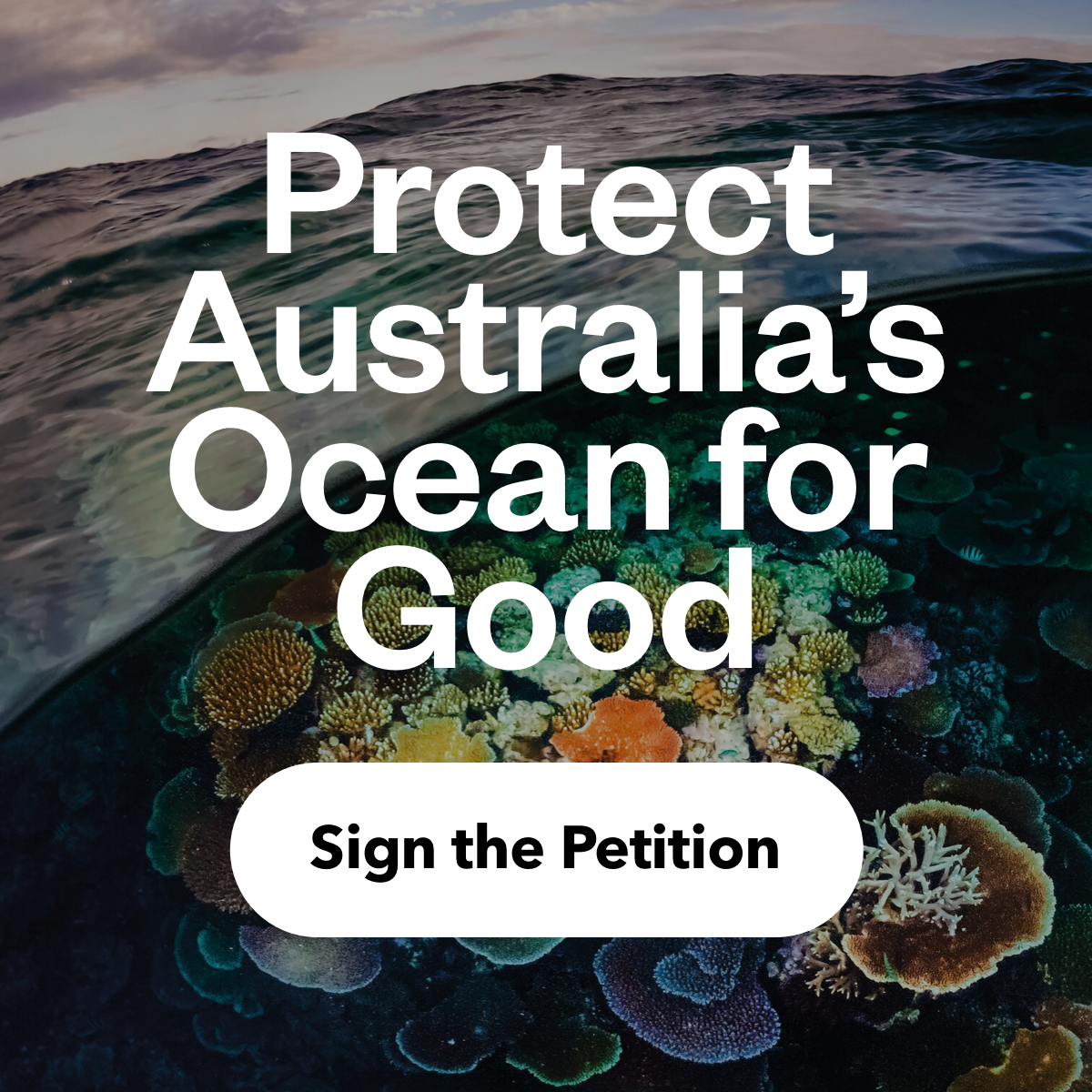After more than 15 years of effort, we have dramatically reduced the use of intentionally added PFAS across our product lines, but it’s been a challenge. Between 2013 and 2016, we were able to fully phase out the use of long-chain (or C8) fluorocarbon-based treatments in DWR finishes, guided by studies that demonstrated C8’s negative impacts on environmental and human health. Instead, we began using C6, a shorter-chain fluorocarbon that, at the time, was considered a less harmful chemistry. After our switch, new research emerged showing that C6 is just as detrimental to us and the environment. That’s when we decided to start working toward water-repellent finishes and membranes made without any intentionally added PFAS.
In Autumn 2019, we launched our first products with DWR finishes made without intentionally added PFAS, and in 2021, we introduced the Men’s and Women’s Dual Aspect Jacket and Bibs, which were also made without intentionally added PFAS for the DWR coating as well as the water-repellent membrane.
For the Winter 2025 season and beyond, 100% of our new products are made without intentionally added PFAS. That means we do not add fluorinated chemistries to achieve a specific function or technical feature in our gear.
This critical switchover aligns with government legislation aimed at reducing manufacturing demand. On January 1, 2025, California and New York became the first American states to ban the sale of certain textiles and clothing products that contain intentionally added PFAS. Other states and regions are expected to follow next.
So how could PFAS be unintentionally added? There are more than 14,000 PFAS chemistries regulated by the new laws. Only a few of these chemistries are actually used for a functional or technical purpose in clothing. These are the chemistries we are not adding to our products. But the industry is still learning how and where the other chemistries might show up in different components of apparel and manufacturing processes. We’re staying close to the science to ensure our supply chain and products reflect the most up-to-date research on these chemistries and their potential impacts on our health and the planet’s.
In short, if it’s a chemistry that’s regulated by the new laws, Patagonia is not using it.
(Making sure your waterproof and water-repellent gear stays that way means giving it the proper care it needs. Remember, a clean shell is a happy shell. Check out our easy step-by-step guide for how to wash a waterproof jacket.)






